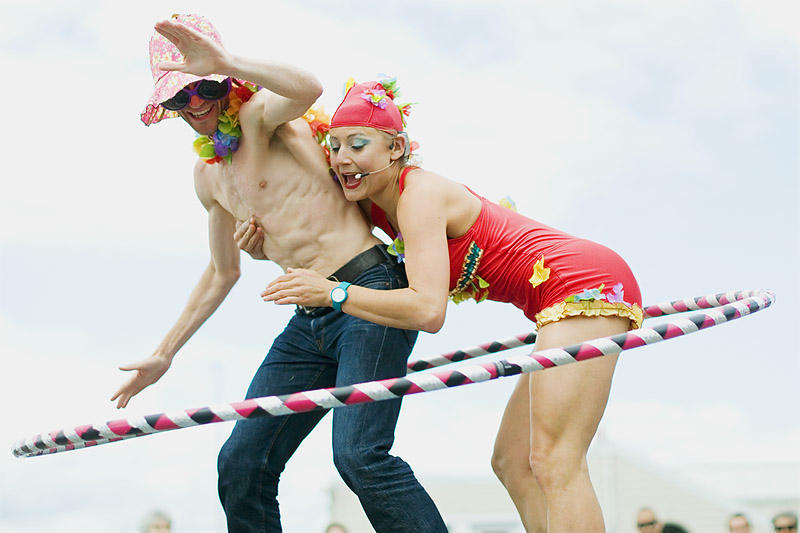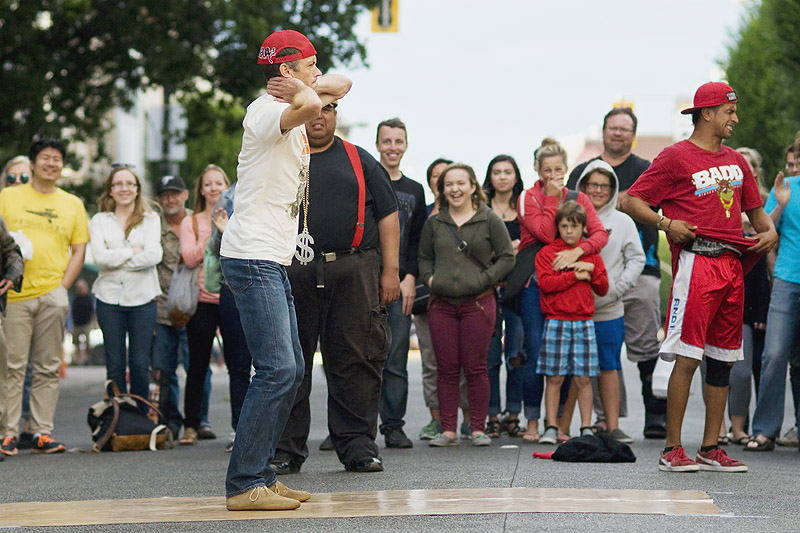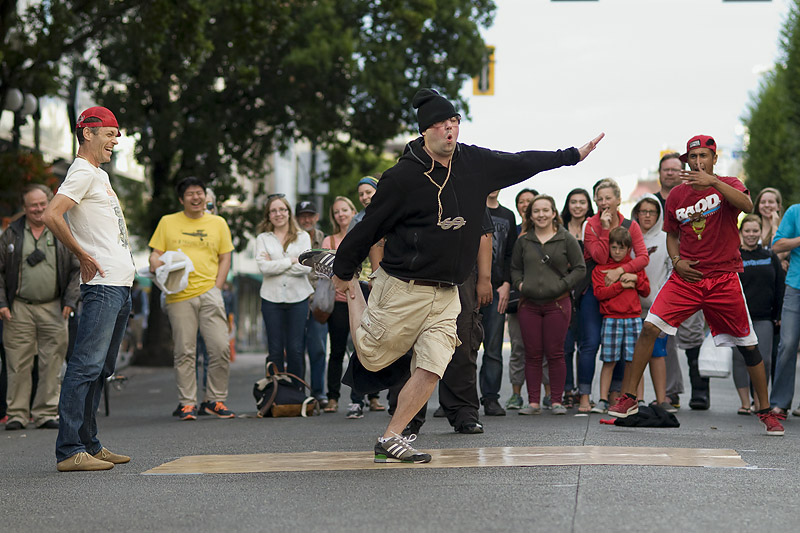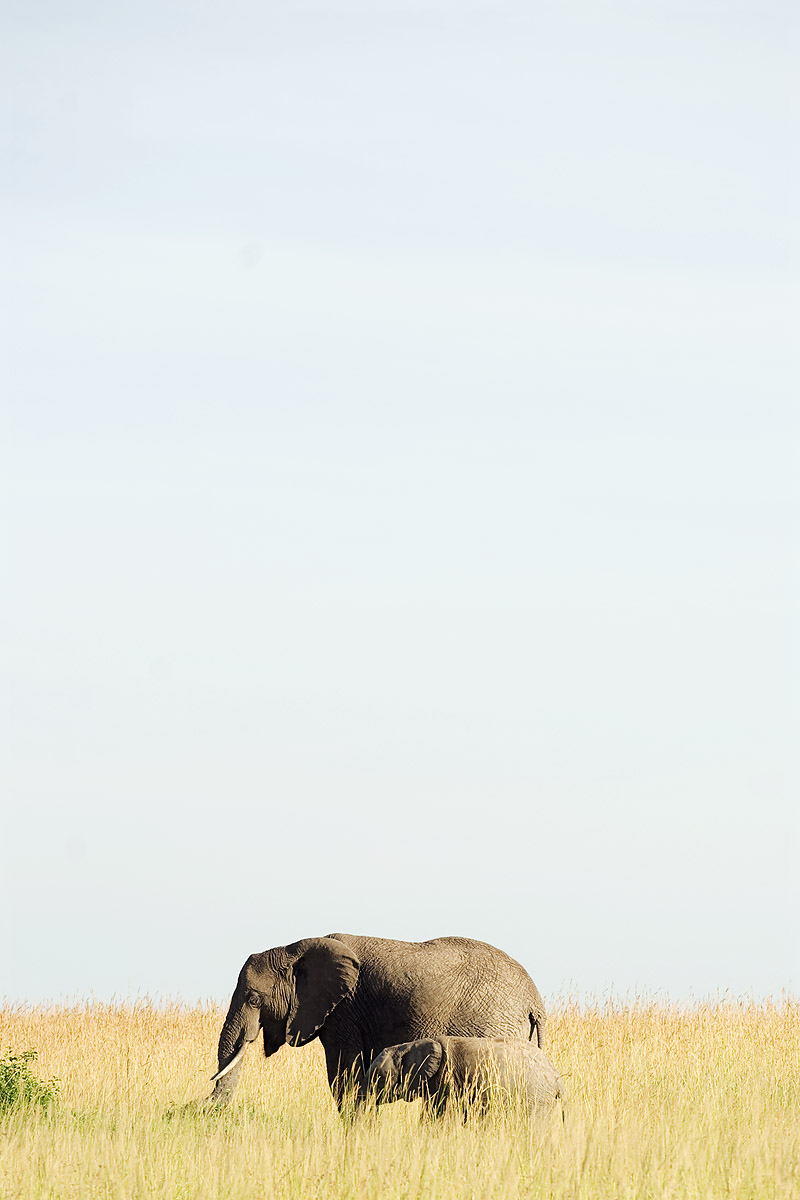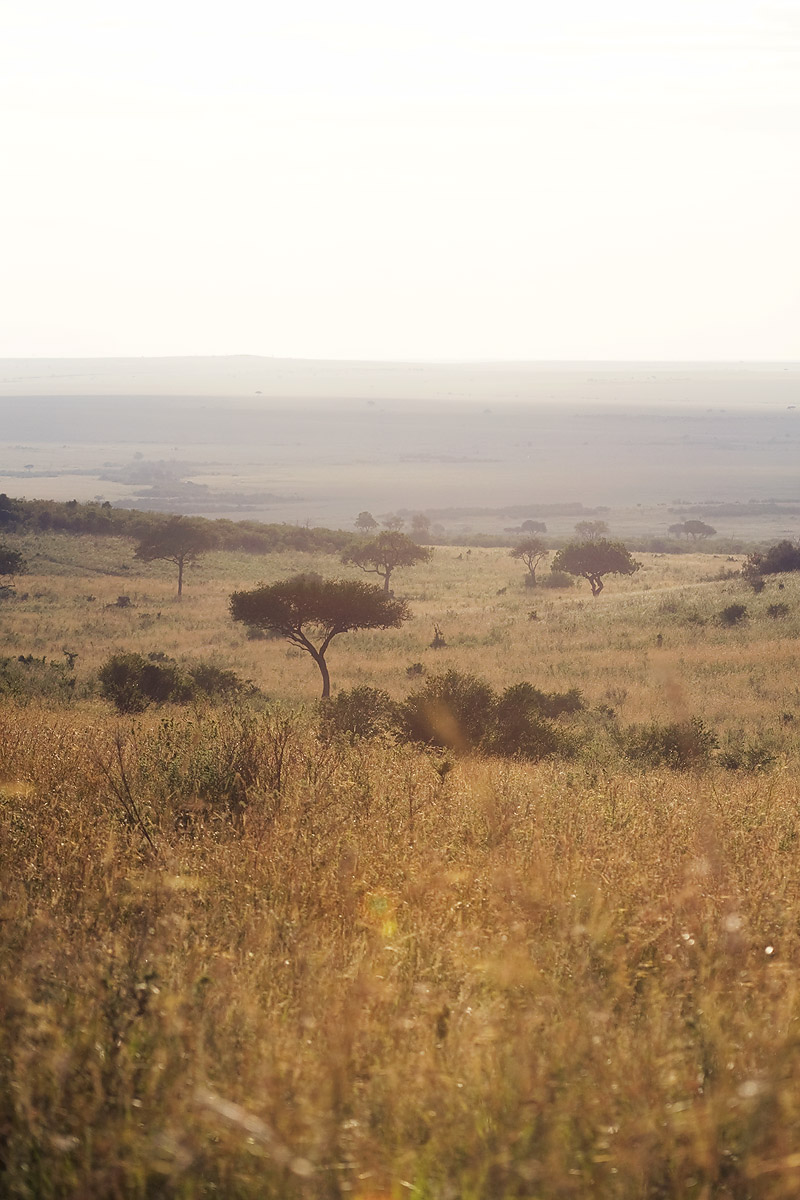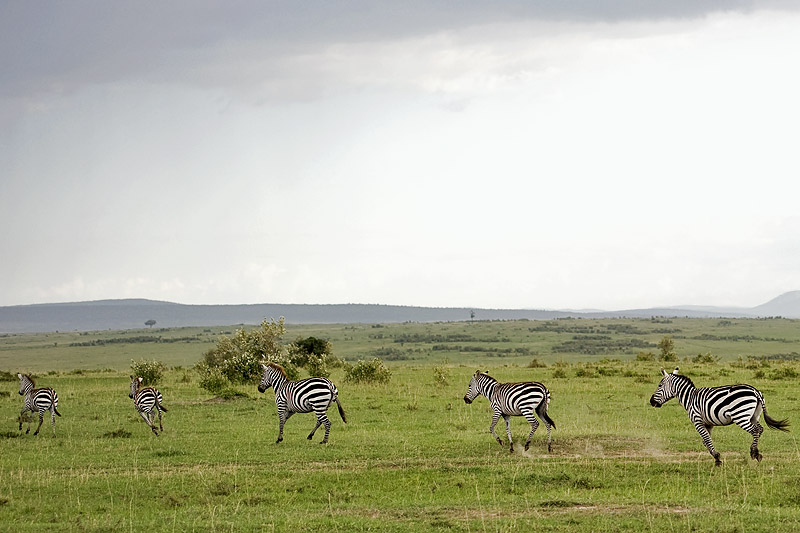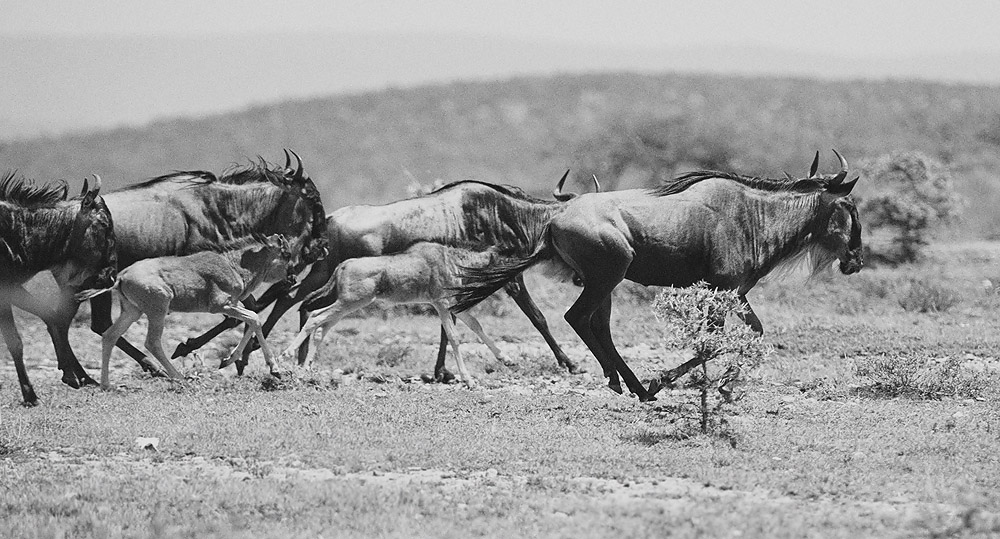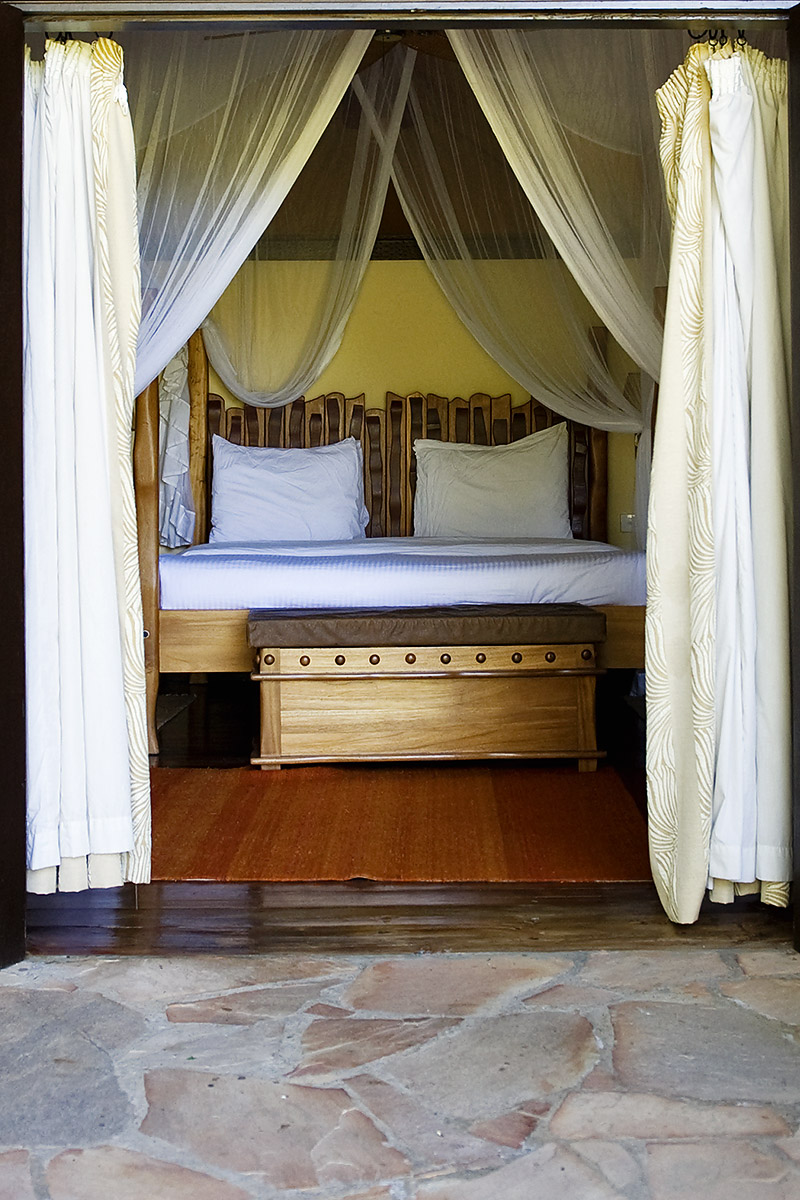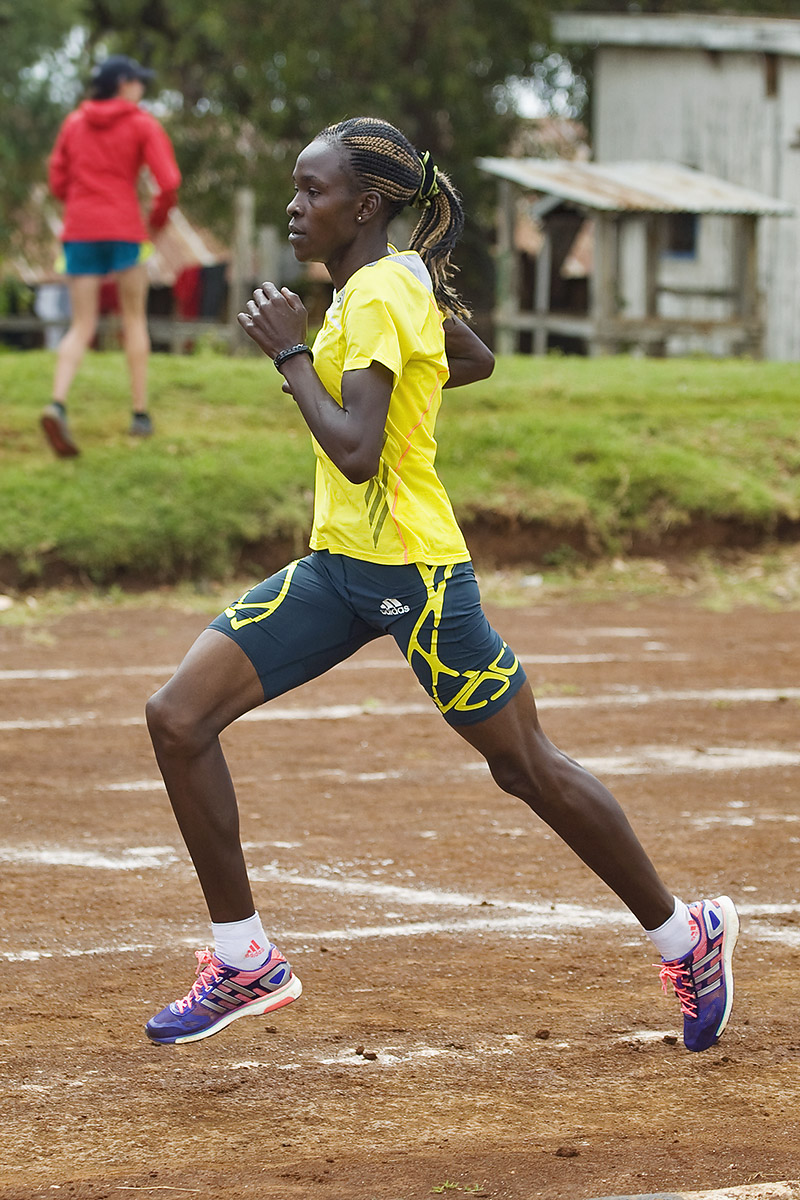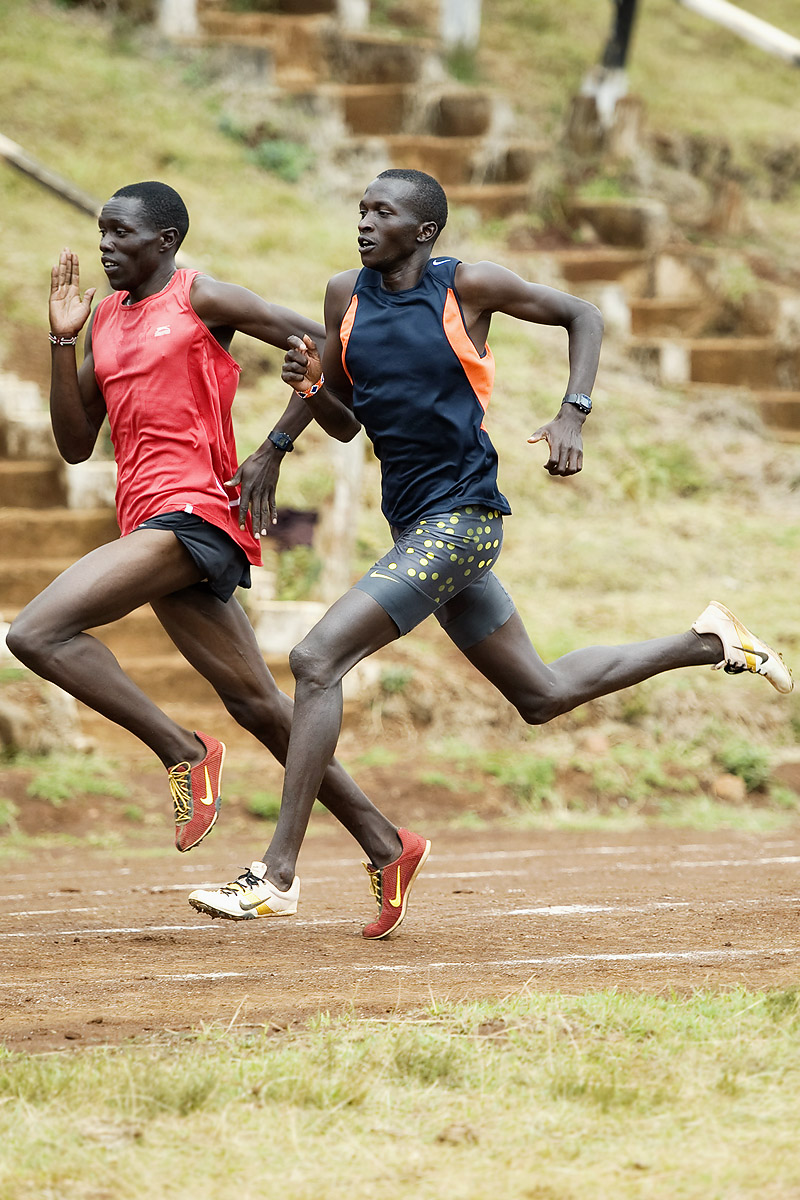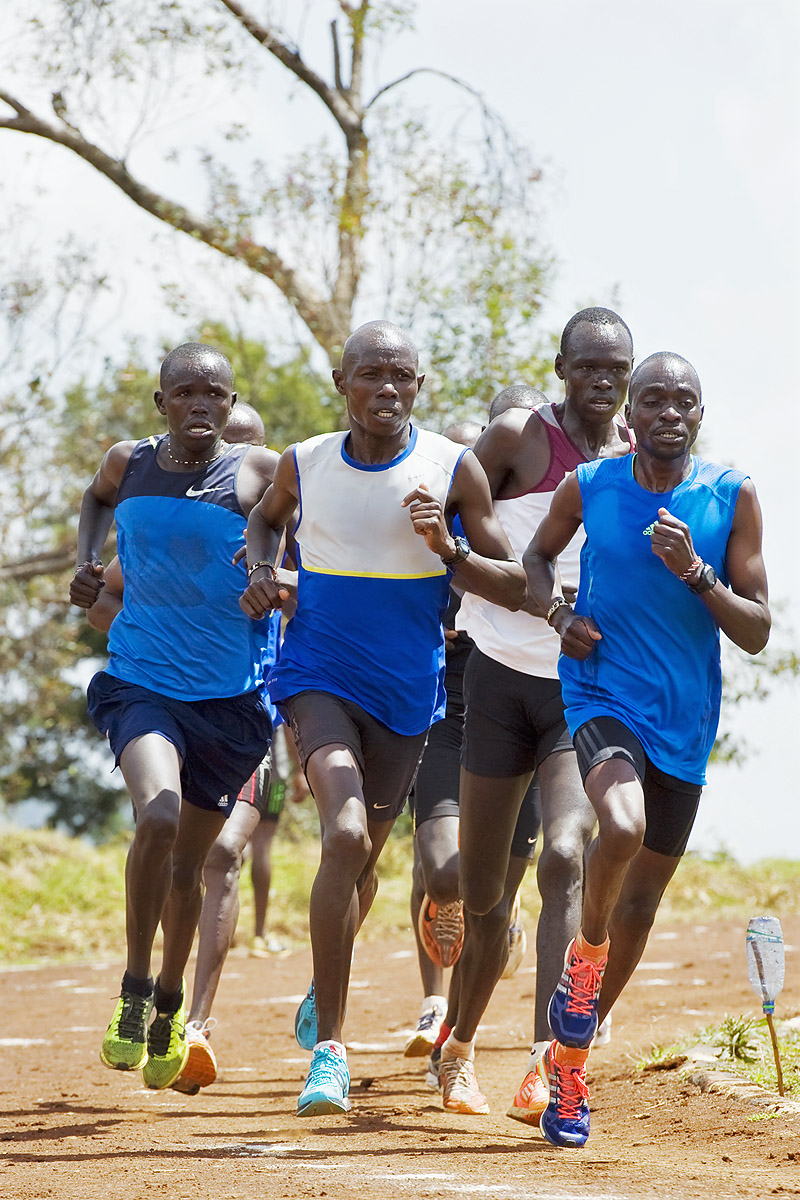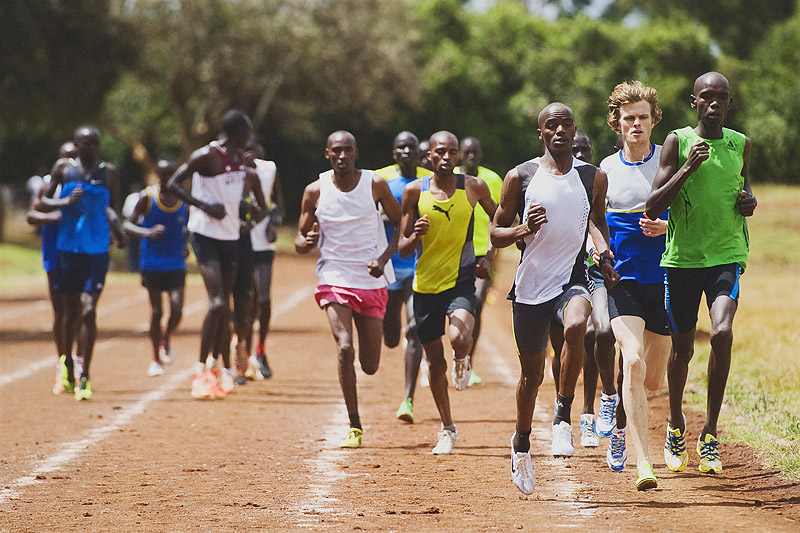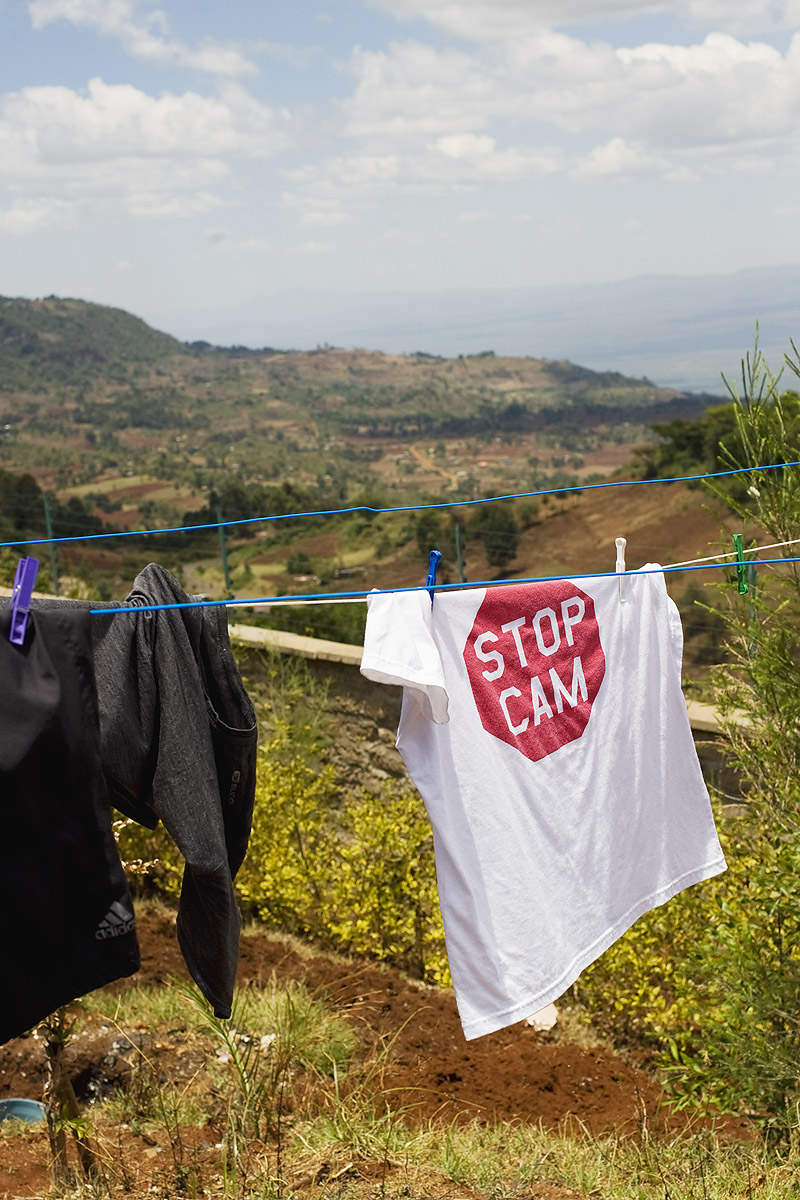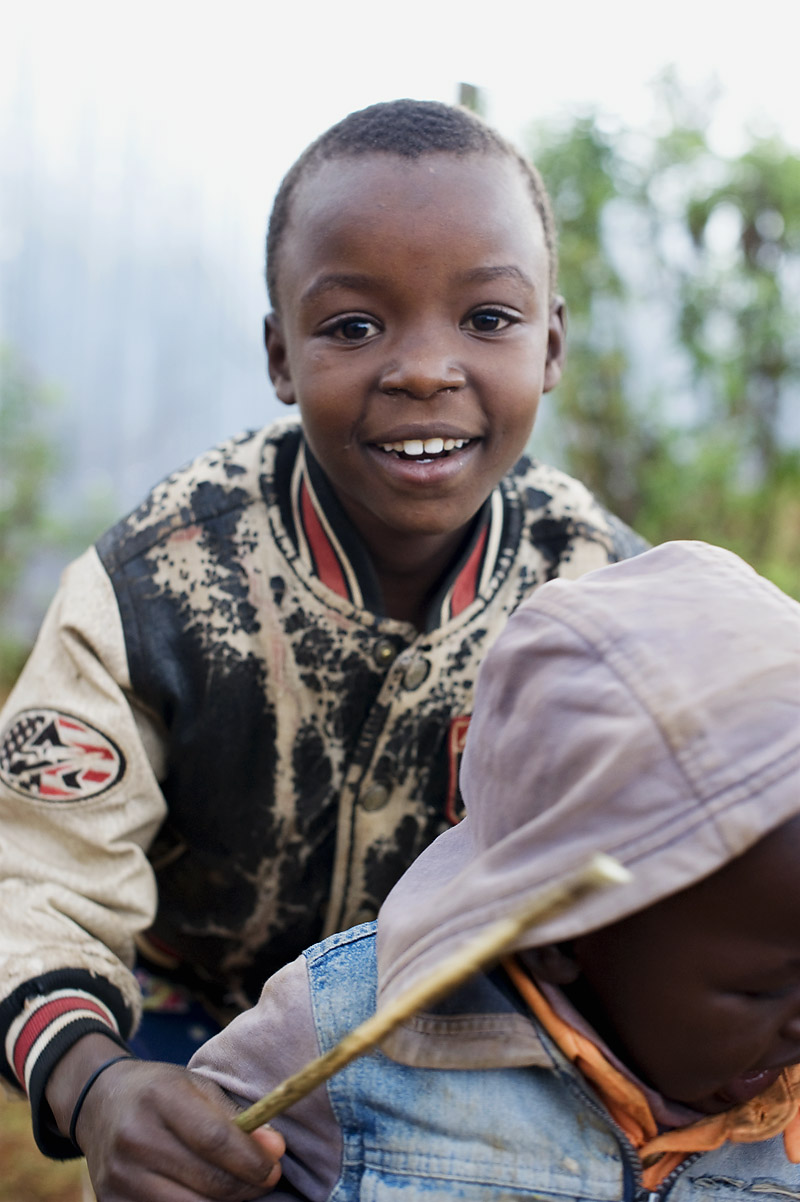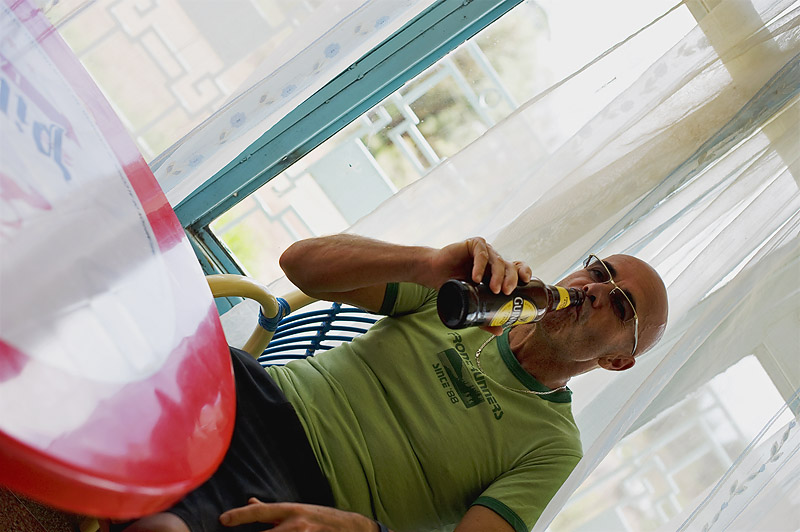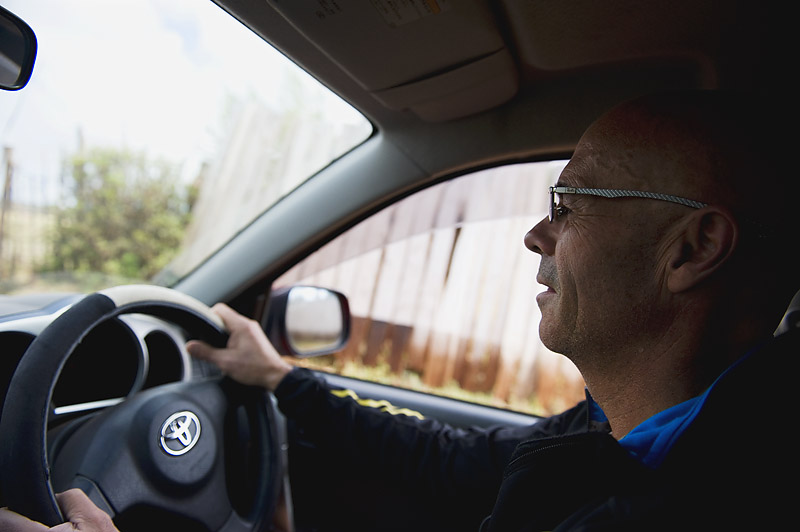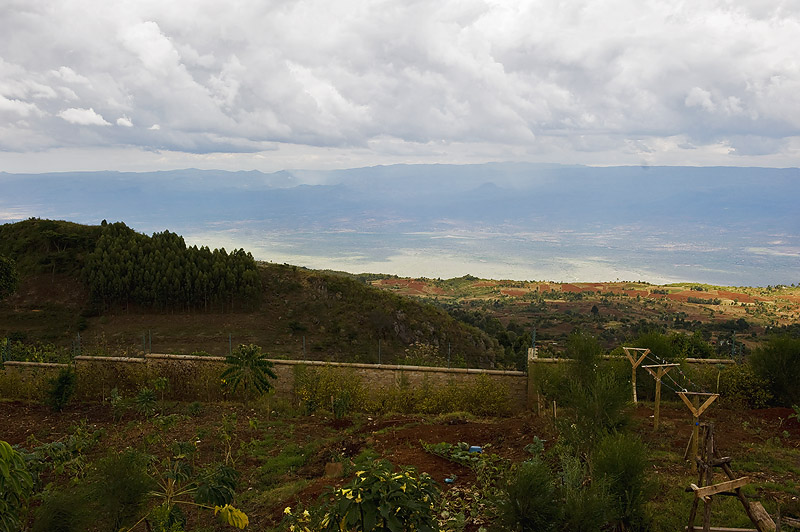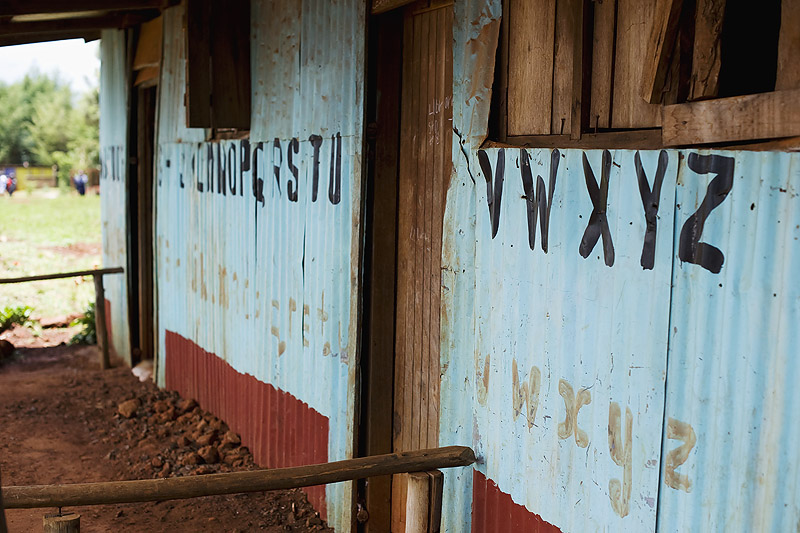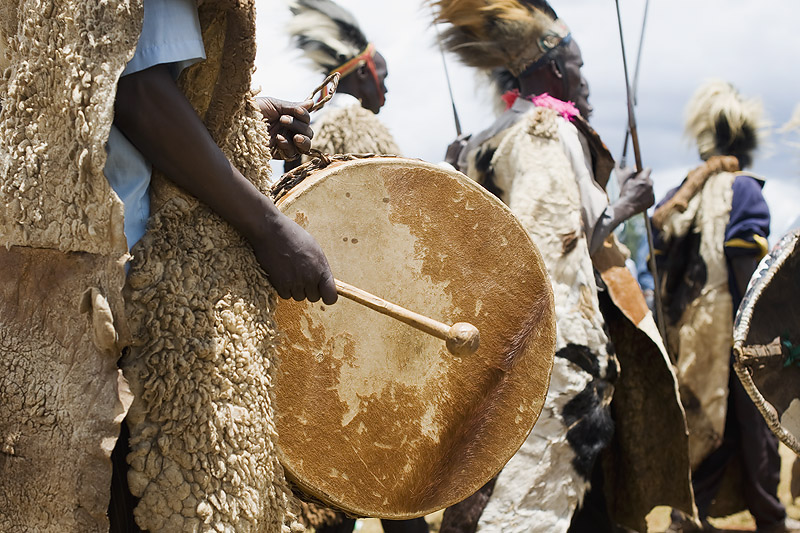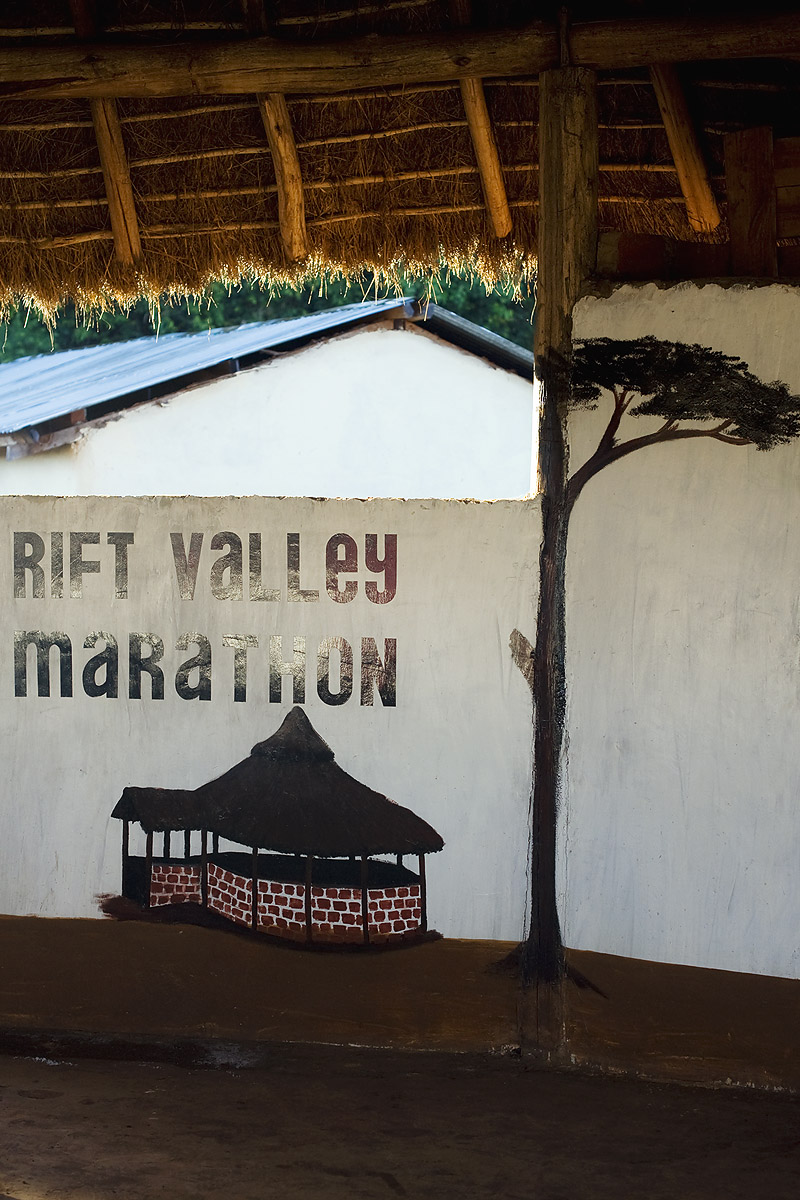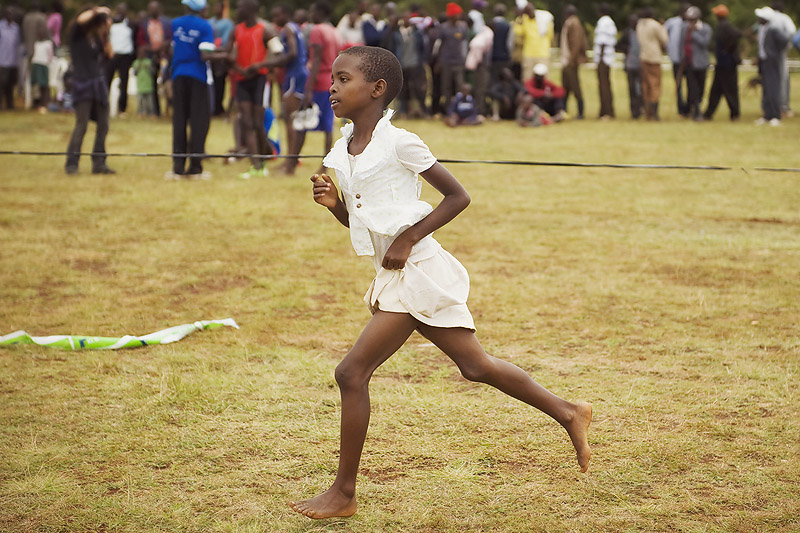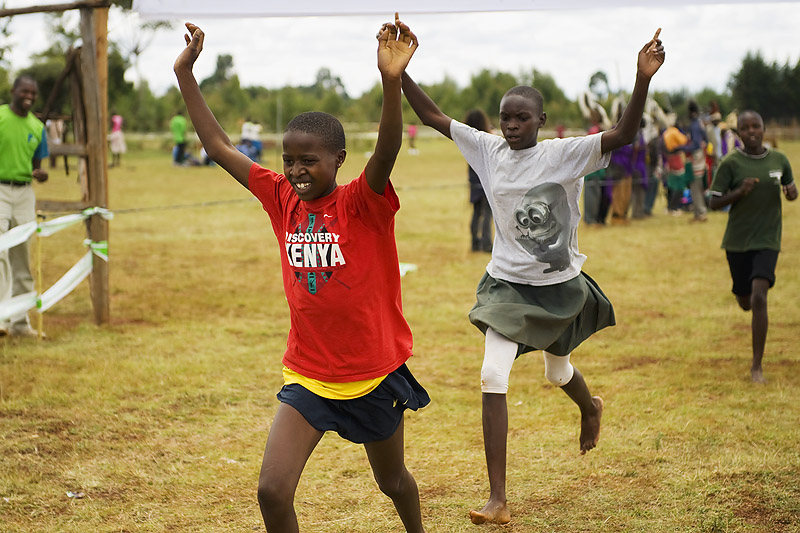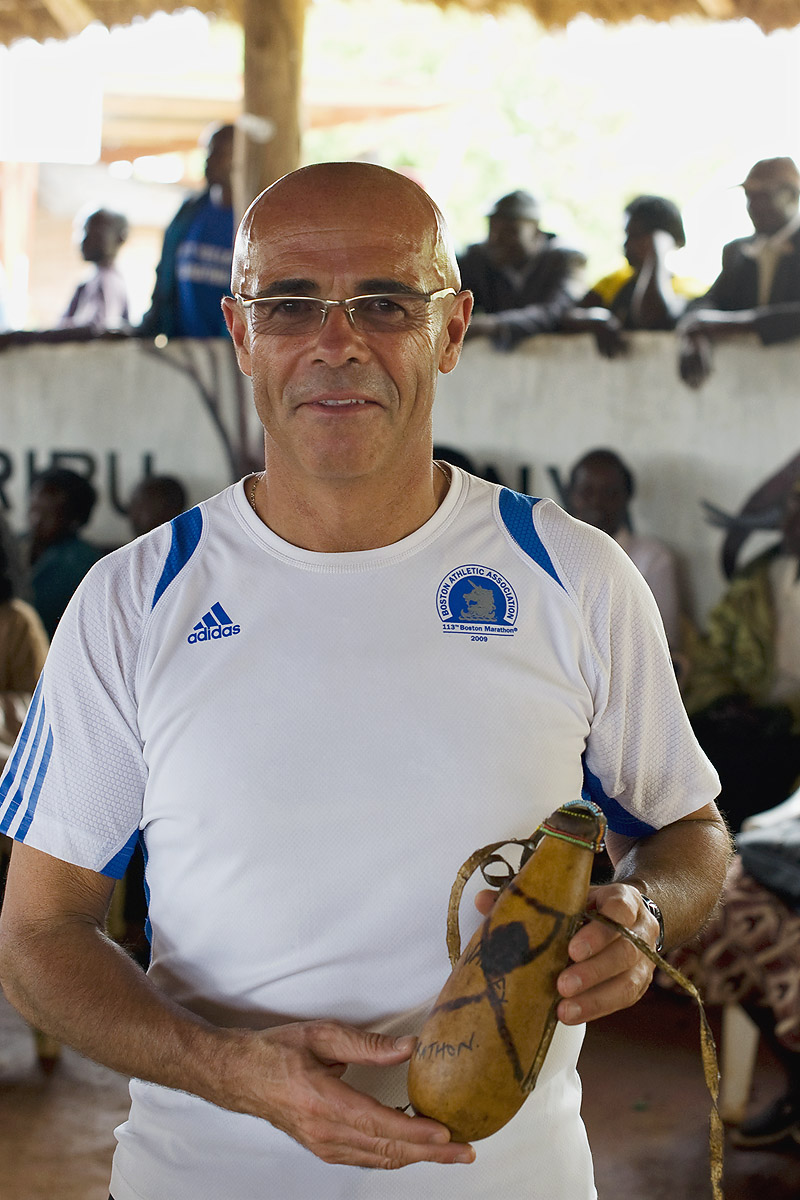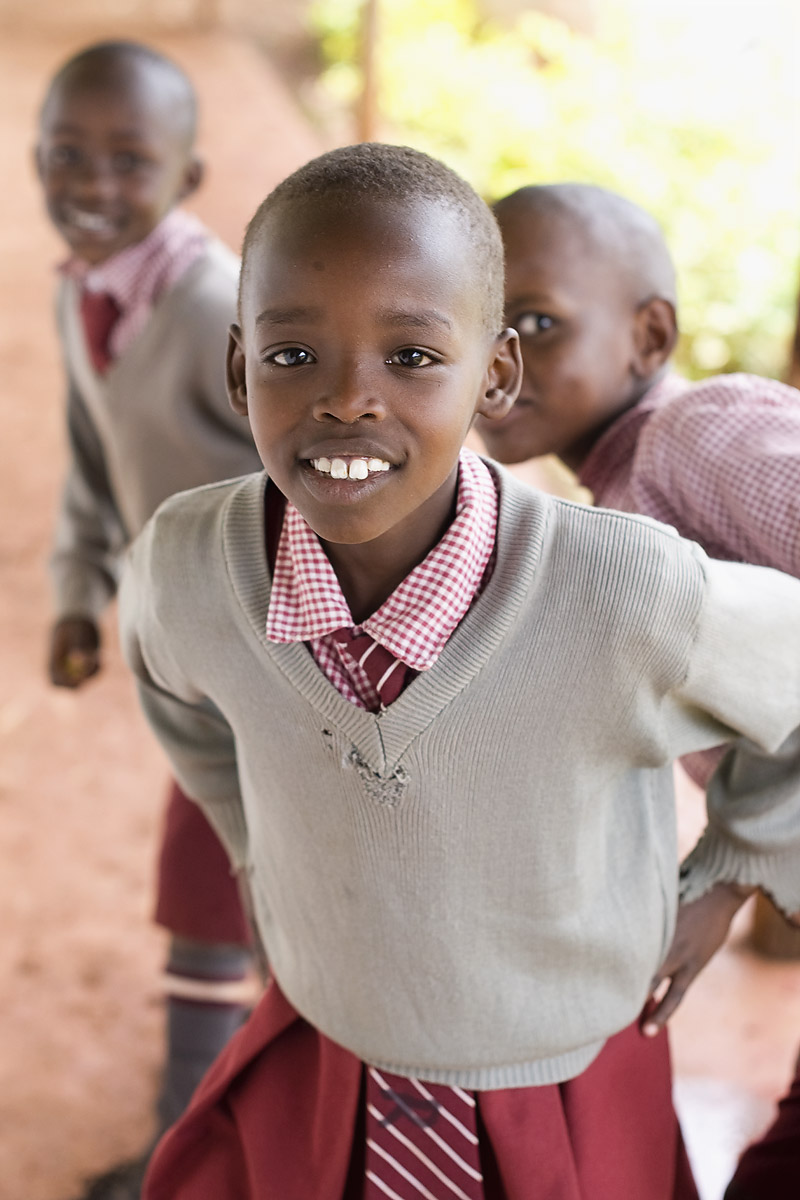You’re not going to get a better night than this, not ever, because here we are an hour before sunset and the sun really will have to set tonight, we’ll watch it slip behind the high school and send the last of its light glancing off the new architecture, the one-way panes and the marble, while the Garry oaks look painted, not moving at all, and spectators walk around in t-shirts with light sweaters tied round their waists. Flags are slumped around their poles bloody exhausted. Pollen floats above lane 8 of the track, no idea where it came from, it’s not arriving by any kind of a breeze. Tomorrow there'll be a supermoon total lunar eclipse. Someone exits a car and yanks a fold-out table out of the trunk. Two parking spots over Chris Kelsall, the man who is Athletics Illustrated, rummages in the back seat for a couple of cameras. A skinny guy in a yellow t-shirt arrives with a 6-pack of some pineapple flavoured Jamaican beer, and starts to do a dynamic set of exercises. A stockier guy in a paler yellow tee arrives with a sixer of Shocktop in one hand, his girlfriend’s hand in the other.
Kelsall fires up one of his video cameras and asks me what I’m hoping for tonight. What’s my A goal. I look up from where I’m tying my shoes on the track. God man, I don’t know. I want a p.b. as a minimum. I’d love to break 5:00 but I’ve some good miles in my legs this week, and half the UVIC Vikes cross-country workout from this morning. This could be great. It could be a disaster. And Chris calls me on it. Already building in excuses. It’s true, if I’m going to race this thing I just need to race it. If I’m going to go through the effort of setting aside a night for a beer mile, if I’m going to invite cameras and spectators, I just need to shut my yaw and run with whatever brio I have.
We’ve assigned a handler to each runner, to each of me, Peter Corrigan (ranked sixth in Canada in the 5000m this year) and Trevor O’Brien, a former 3:41 1500m man. The handlers will grab our empty beer bottles and set them on the table so that we can measure how much remains. Updated Kingston rules allow a generous 1 oz per beer.
There’s never really any fanfare for these events. Most races aren’t fully committed to until the morning of the race, and sometimes only a couple of hours before the start. Even then, maybe you’ll show up to the track and there’ll be a kids soccer game on the infield, or a mum with her pram strolling the outside lane. Maybe there’ll be some maintenance underway, or the cops’ll have gotten wind of it and you’ll walk through the gate and just have to keep walking, one loop like that’s your purpose and then you’re back at the car. There’s never any guarantee it’ll run, and that’s one of the warnings you have to give potential spectators, too, that they may show up for nothing more than a bit of gossip. You hope it’ll run, because once you’ve made the final decision and you’ve purchased the beer there’s a momentum that takes hold. There’s an electricity to it, and now you desperately want to do it, but there’s a real possibility you’ll have to quell this desire and go home and drink alone.
But tonight there are no hitches. If the cops are on hand they’re watching keenly, too, hoping for something special. There actually are a couple of mums, their kids just graduated out of prams, and they’re watching too. With all the construction around the school right now the only way to cross the grounds is through the track, and even some random passersby have stopped to watch. This is what I mean about the electricity. There’s a density about it, like the density of a black hole, and you feel sucked toward it without even knowing what’s happening, and even though nothing is underway as of yet.
Then suddenly we are underway. The beers materialize on the table, four each, and the three racers are on the line. We grab one of our beers and bring it close to our lips, our left hands curled around the cap ready to twist. We get an On Your Marks, and then Go.
I’m through the exchange zone in 6.2 seconds. It’s actually slow for me, compared to my practices at home. I figure I can be out in about 5.2 but on the track here it doesn’t feel smooth. I’m surprised later to see that it was as fast as 6.2. Honestly the beer mile has become a technical exercise for me. The clock starts when you're standing at the true mile start 9m from the finish, and in the exchange we have to grab our beers, open them, drink them, and cross the finish line. I want to know how fast I can navigate these 9 meters. This is purely oiling everything that moves, for me. It’s the way I used to practice three-point shots, or spot kicks. You do and do and do until the neural pathways are laid down, until you just can’t miss, anymore than you could accidentally wander off the oft travelled woodsy path into dense underbrush. You’d have to try to miss. Not that I’m sitting at home drinking and drinking, not that I’m doing that, but I practice with water from a beer bottle. I do do this. Anyway, here we are on this eclipse eve and I’m out and running, and I can hear footsteps behind me which I assume are Peter’s since I’ve spent enough nights at the pub with O’Brien to know that while he's the running pride of tiny Paradise, Newfoundland, he’d be a bit of a drinking embarrassment to the Newfs in general, at least when it comes to speed. My first lap of the track is 66.2 and whoever’s behind me, which is indeed Peter although the Newf beat him off the line, has closed so that he’s only about a second behind me at the transition. A transition I burn through. 6.5 seconds, which means I’m clear. This is the first beer mile for Trevor and Peter, and so while Peter comes into the first exchange feeling good about his chances, he hasn’t ever had to drink after running a hard 400m. I was 66.2 for that first lap, so he must have been 61 or 62, which means he doesn’t really have a lot of spare oxygen with which to hold his breath while he drinks. And so yes, I’m through the exchange in 6.5 and from that point on it’s a time trial.
Here the race actually gets kind of boring. I don’t hear any splits, not a single one, so I have no idea what kind of pace I’m on. I could be challenging Lewis’s world record, or I could be running a personal worst, though I’m pretty sure I’m somewhere in the middle. When I do the autopsy later I see I ran 69.6 for my second lap, 6.9 for my third beer exchange, 70.2 for my third lap. Boring. Dead steady, and no drama. When I come into the exchange for my final beer the Newf is sitting on the ground drinking his third. He ran 2:46 for an 800m beer time trial a couple of nights before but this is more volume than he’s used to, and he’s sitting on the rubber trying to figure out how to finish up the third beer, which he doesn’t. After my 6.9 final exchange he drops his half-full beer and bolts, thinking he might be able to help me on my final lap. He flies past me and I can’t attach. He decelerates and still I can’t attach. I have nothing left. Maybe it was yesterday’s hill sprints, or this morning’s part xc workout, or some big miles earlier in the week. Maybe it’s just how I’ll always run a mile as a pure distance runner, slow and dying. I can’t attach and I feel my form letting go, but I tuck my head and bury myself with a 68.8 final 400m.
And I still don’t know what I’ve run. I ask someone with a watch but they don’t know. The next person I ask says 5:01. Someone else says 5:02 and another says 5:00. Later it’s confirmed as 5:01.2, a super master’s world record and the 6th all-time performer. The current world record is Lewis’ scintillate 4:55.78.
[embed]http://https://youtu.be/ZjMkBUPU0ig[/embed]

